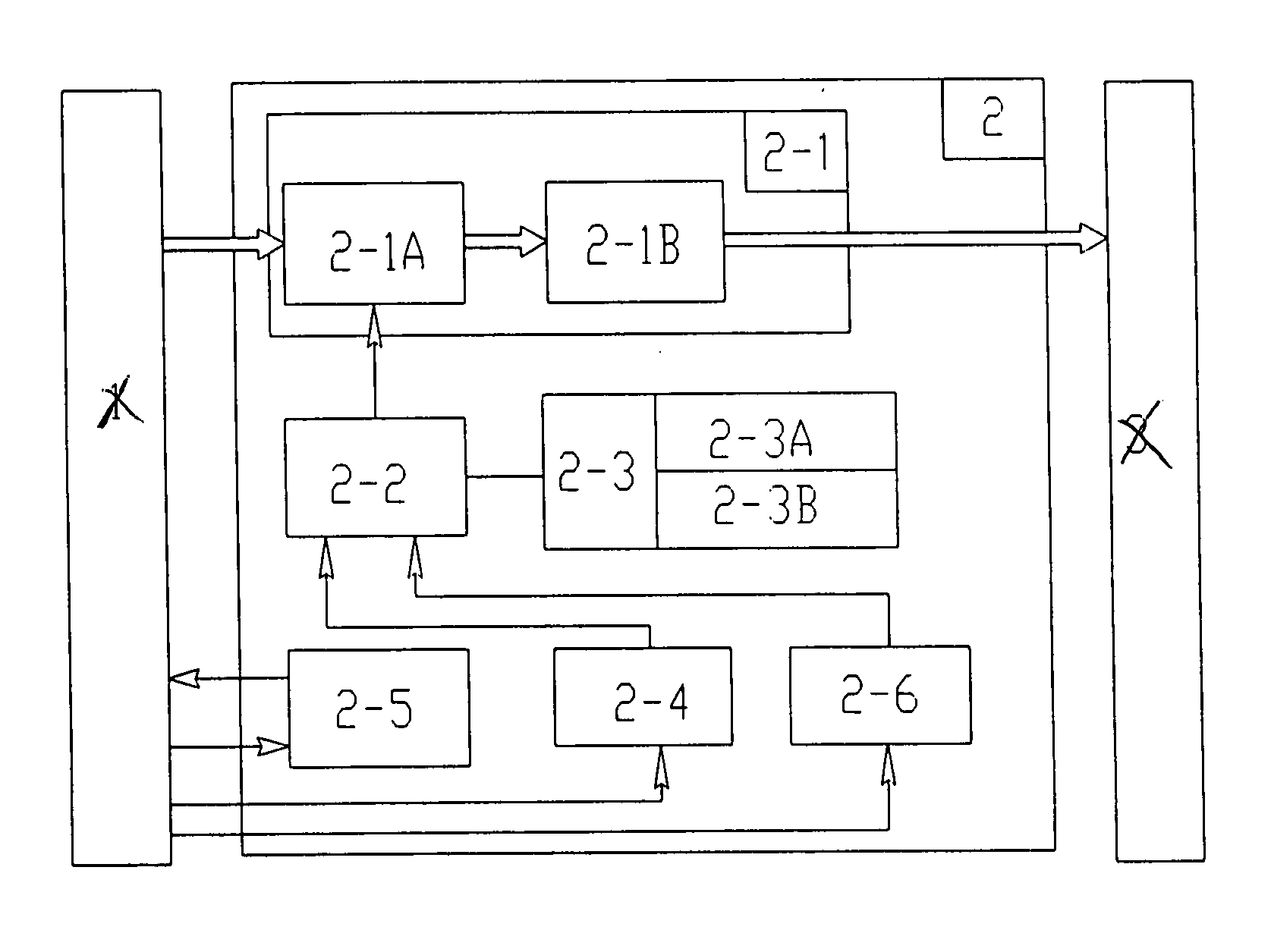Solar energy lane marking system
- Summary
- Abstract
- Description
- Claims
- Application Information
AI Technical Summary
Benefits of technology
Problems solved by technology
Method used
Image
Examples
Embodiment Construction
[0024] Referring to FIG. 1 to FIG. 5 of the drawings, a solar energy lane marking system for a road surface having at least a traffic lane according to a preferred embodiment of the present invention is illustrated, in which the solar energy lane marking system comprises at least one set of lane markers, and at least a solar energy collection arrangement.
[0025] The set of lane markers 10 is for spacedly providing on the road surface 70 to define the traffic lane, wherein each of the lane markers 10 comprises an illuminator 3 used for lane illumination.
[0026] The solar energy collection arrangement is for controlling the set of lane markers 10 in centralized manner so as to ensure sufficient and consistent illumination of the illuminators 3. The solar energy collection arrangement comprises a solar energy collector, an energy storage, and a central processing circuitry 2.
[0027] The solar energy collector, which is arranged for positioning away from the traffic lane, comprises a so...
PUM
 Login to View More
Login to View More Abstract
Description
Claims
Application Information
 Login to View More
Login to View More - R&D
- Intellectual Property
- Life Sciences
- Materials
- Tech Scout
- Unparalleled Data Quality
- Higher Quality Content
- 60% Fewer Hallucinations
Browse by: Latest US Patents, China's latest patents, Technical Efficacy Thesaurus, Application Domain, Technology Topic, Popular Technical Reports.
© 2025 PatSnap. All rights reserved.Legal|Privacy policy|Modern Slavery Act Transparency Statement|Sitemap|About US| Contact US: help@patsnap.com



